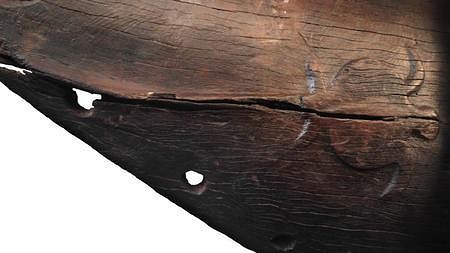Pages: 1 6 replies
|
T
tikilongbeach
Posted
posted
on
Wed, Oct 1, 2014 11:47 AM
Turtle carving on the canoe. Centuries before Captain Cook explored the South Pacific, Polynesian seafarers in canoes crossed vast swaths of water to colonize lonely islands from Samoa and New Zealand all the way to Hawaii. But how they managed such a daring feat remains something of a mystery. |
|
L
lunavideogames
Posted
posted
on
Wed, Oct 1, 2014 11:59 AM
Very cool! Thanks for sharing. |
|
T
troki
Posted
posted
on
Wed, Oct 1, 2014 12:27 PM
Great article friend, thanks for sharing your find! Very interesting... |
|
T
TikiG
Posted
posted
on
Wed, Oct 1, 2014 1:11 PM
Thanks for sharing! |
|
V
VampiressRN
Posted
posted
on
Wed, Oct 1, 2014 6:13 PM
I agree...very interesting...thanks. Wonder what future generations will think when they unearth a rare neon green plastic kayak!!! |
|
F
Freeland
Posted
posted
on
Wed, Oct 1, 2014 9:31 PM
Too cool... |
|
S
Sophista-tiki
Posted
posted
on
Thu, Oct 2, 2014 5:24 PM
neat! |
Pages: 1 6 replies

